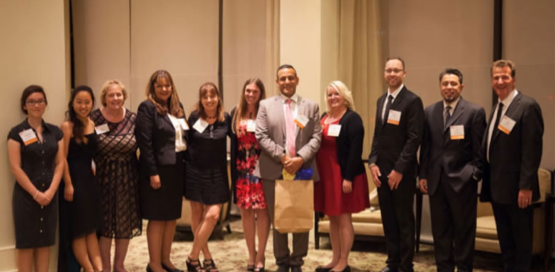Cross-Posted on Media Literacy Now.
The average 8- to 18-year old spends more time with media than they do with their parents or in school. They are assaulted by media messages nearly eight hours per day— 10 hours and 45 minutes if you account for multitasking — on smart phones, tablets, laptops, televisions, and computers. Much of this media comes at them unfiltered, as few gatekeepers (formally known as editors) check the veracity of things posted on the Internet (like this blog post) that can be written by just about anybody.
The average 8- to 18-year old spends more time with media than they do with their parents or in school. They are assaulted by media messages nearly eight hours per day— 10 hours and 45 minutes if you account for multitasking — on smart phones, tablets, laptops, televisions, and computers. Much of this media comes at them unfiltered, as few gatekeepers (formally known as editors) check the veracity of things posted on the Internet (like this blog post) that can be written by just about anybody.
Yet little to no “media literacy” is being taught in the
American school system.
It is being taught,
however, at the school my kids attended. That’s because I asked the principal
if I could teach “media literacy” as part of our Cyber Civics curriculum and he, surprisingly, said yes. That was five years ago and now our robust,
three-year Cyber Civics program includes:
Digital Citizenship in 6th Grade
Information Literacy in 7th Grade
Media Literacy in 8th Grade
Students spend the entire
8th grade year—one hour per week—using critical thinking skills to
evaluate media messages. After a primer class on C.R.A.P Detection, courtesy of
Howard Rheingold (if you don’t
know what this is read about it here),
we dig in, critically evaluating and discussing images, video, music, text, and
more. We grapple with stereotypes, extreme photoshopping, online scams, and
urban legends. These students leave middle school equipped with critical
evaluation skills that will help them in high school and beyond.
Even though media literacy and digital literacy is embedded in the new Common Core standards,
few schools take the time to teach these skills, but they should. Not only
because it’s the job of schools to pump out literate students, and today
literacy encompasses a broad spectrum of media, but also because it makes
students smarter.
At our school STAR
test scores have risen consistently and significantly (the highest point gain
in our district) since we started teaching Cyber Civics, despite the hour per week from “academic” time these classes take. When
I tell fellow media literacy educators about these outcomes they are not
surprised, because media literacy teaches critical thinking… and critical
thinking makes kids smarter.
And it’s as simple as that.
Diana Graber is Co-founder of Cyberwise.org, where you can visit our Media Literacy Hub.
She also created and teaches Cyber Civics™, learn about it here.



